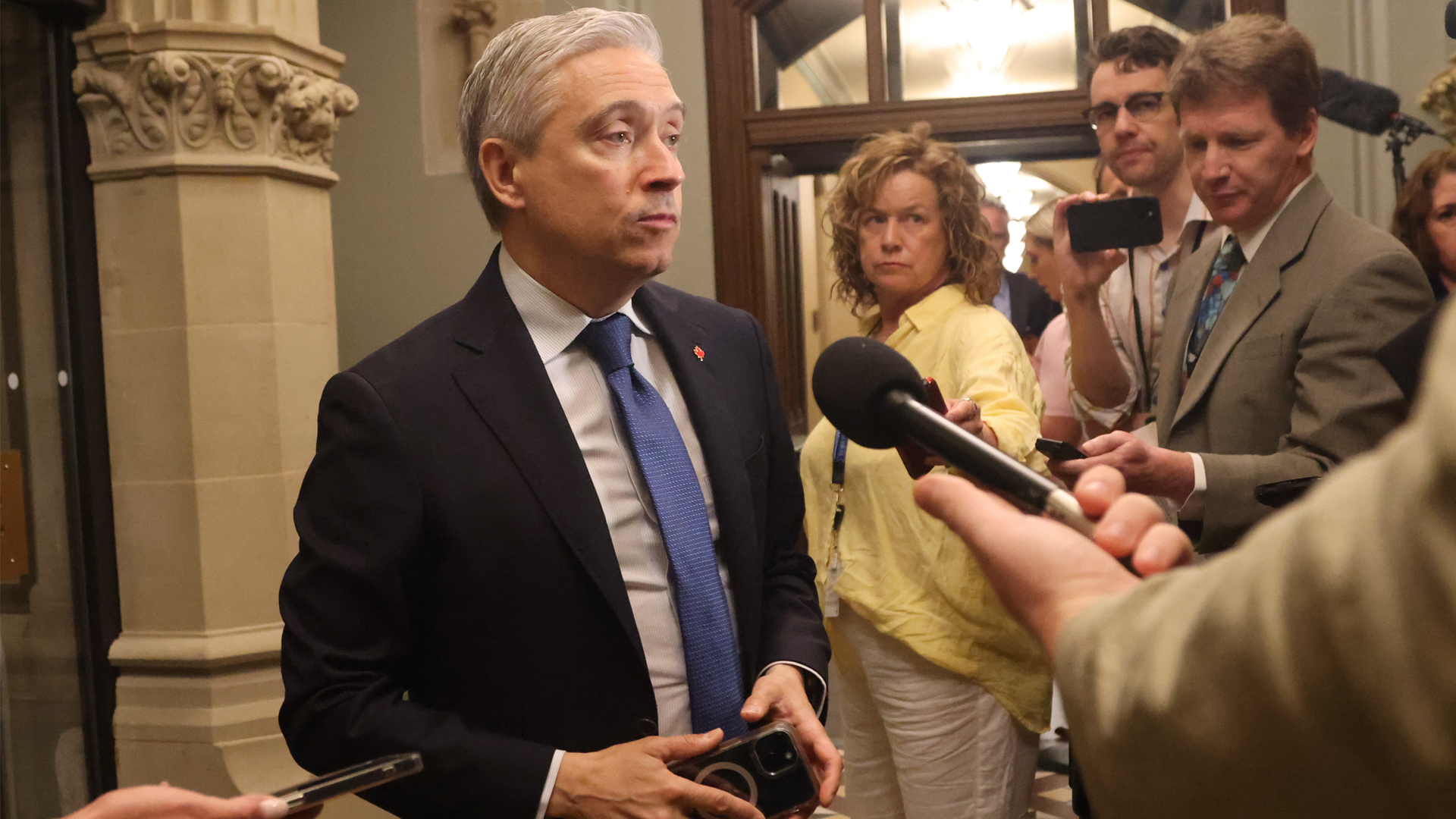
The traditional tools of central bankers have been regulation, setting the interest rates on short-term government debt obligations and open market operations. Beginning in the 1980s most Western countries gradually reduced the regulation of their financial sectors. During the 1980s and 1990s, central banks focused their efforts on restraining inflation by introducing explicit targets for money supply growth. This gave way, after the recession of 2001, to an emphasis on stimulating the economy by maintaining artificially low interest rates.
During the current financial crisis, central banks have continued to maintain low interest rates but they have also adopted some additional tools. They have acted directly in the marketplace, engaging in open market operations to purchase assets from financial institutions to an extent never seen before. These open market operations have come to be called “quantitative easing.” This term means that the central bank purchases some of the debt obligations of the country in exchange for cash. The cash is not obtained through taxation or borrowing but rather is created by fiat through the printing press or its electronic equivalent.
The UK and the US have both engaged in quantitative easing on a massive scale. The UK has repurchased debt obligations in the amount of £125 billion (C$210 billion) and last summer released plans to increase that figure to £175 billion (C$295 billion). The US has repurchased debt obligations for $300 billion. In both countries however, quantitative easing, while carried out on a vast scale, has been dwarfed by other operations, in particular, direct payments, or bail-outs, to financial institutions.
In normal circumstances, the introduction of additional liquidity into the system on such a major scale would be inflationary. However, as a chief cause of this financial crisis is a shortage of liquidity and a chief effect is a reduced propensity to invest and to consume, this new liquidity has not, so far, had an inflationary effect.
In fact, the increased liquidity created by quantitative easing is defended on the grounds that it is a defence against the equally real and perhaps even more dangerous risk of deflation. Ben Bernanke, Chairman of the US Federal Reserve, is the most prominent proponent of this argument. He once suggested that deflation could always be defeated by an expansion of the money supply, saying that if necessary, money could be dropped from helicopters. In some circles this earned him the sobriquet of “Helicopter Ben.”
Canada has managed its public finances better than most other members of the G7 since the mid1990s, and arguably before that as well. While the UK and the US entered the 2008-09 financial crisis with large structural deficits, Canada did not. Before the crisis, Canada had enjoyed an unbroken string of budgetary surpluses since 1997. Canada’s financial institutions have also weathered the storm better than most of their international peers.
Canadian regulations made it easy for low-income buyers to qualify for mortgages — however, not to the extent of allowing buyers without incomes to purchase homes on 100 percent leverage, as was the case in the US and other countries. Canadian banking regulations allowed Canada to avoid the worst excesses of the UK and the US real estate booms and also to avoid the worst effects of the subsequent crash. The result is that there have been significantly fewer foreclosures in Canada and real estate prices have fallen less than in other countries.
The increased liquidity created by quantitative easing is defended on the grounds that it is a defence against the equally real, and perhaps even more dangerous, risk of deflation. Ben Bernanke, Chairman of the US Federal Reserve, is the most prominent proponent of this argument. He once suggested that deflation could always be defeated by an expansion of the money supply, saying that if necessary, money could be dropped from helicopters.
Canadian banks were less involved in and therefore less exposed to the derivative markets. The result was that while the Canadian government promised bailout funds to Canadian banks, the banks did not need the promised assistance and accepted the assistance only as was required by the Bank of Canada.
This confluence of circumstances has created a unique opportunity for the Bank of Canada and for the federal government. The crisis has created a lot of pressure on central bankers and on governments to “do something.” This was especially obvious during the debate on the Canadian federal budget of 2009, which saw the Canadian economy shift from a small surplus (C$9.6 billion) the year before into a deficit initially projected as being as high as $56 billion. Despite the new spending, opposition parties criticized the government for not doing enough.
It is debatable whether the government will actually incur deficits on the scale currently being forecast or at least for as long as currently being predicted. Much of the spending program in the 2009 budget consisted of bringing forward capital projects that were already planned for future years. There was little new spending that could be viewed as structural. As a result, the budget should return to a surplus as the economy improves and the current capital spending program is completed.
Canada’s projected deficit of $53 billion is relatively small when taken as a percentage of GNP (about 3 percent of GDP of $1.5 trillion), and may well be as low as $40 billion, reflecting a strong recovery in the fourth quarter of 2009 and the first quarter of 2010. This means that any large-scale quantitative easing in Canada would likely have the effect of reducing the overall national debt. In essence any buyback of government debt obligations larger than the size of the deficit would have the effect of reducing the national debt. Adopting this strategy is sometimes referred to as monetizing the debt.
There may be some advantage to Canada of pursuing a program of quantitative easing. The UK government has engaged in quantitative easing to the extent of £175 billion, which equates to approximately 7 percent of GDP. If Canada engaged in quantitative easing of a similar magnitude (adjusting for our smaller GDP) the program would equate to $89 billion, which, after offsetting the deficit, would mean a reduction in the size of the national debt of $33 billion. This is equivalent to a reduction of about 6 percent. If quantitative easing of this magnitude were undertaken during a period of balanced budgets, the national debt of approximately $500 billion could be eliminated in as little as six years.
The long-term advantages of eliminating the debt cannot be underestimated. Approximately $20 billion of the federal budget goes to service the interest on the national debt each year. Eliminating the debt would eliminate those interest payments, which would allow the lowering of tax rates or increased expenditure. As the baby boomers enter their retirement years, there will be new pressure on pensions and health care. Some additional fiscal capacity would come in handy.
There are certainly arguments against quantitative easing, the most important of which is that the government should not debase its money supply. We are in sympathy with this argument and, under normal circumstances, would not be inclined to favour this approach. But with Canada’s main trading partners following quantitative easing out of necessity, Canada may find that following it is in its interest. The reason is exchange rates.
Because many of our trading partners (in particular the US and the UK but other countries as well) have undertaken quantitative easing, there has been downward pressure on the value of those currencies. Because Canada has not followed suit with its own program of quantitative easing, the Canadian dollar has been viewed as a relatively stronger currency, creating upward pressure on the value of the Canadian dollar. This is one of the reasons why the Canadian dollar achieved exchange rate parity with the greenback in April.
An appreciating currency is not generally viewed favourably in Canada due to the importance of exports to the economy. The effects of this recession on Canadian industry could be much exacerbated by continued parity with the US dollar or even beyond. In such a situation, the government would probably find itself under pressure to moderate the effects of a rising Canadian dollar. Indeed, Bank of Canada Governor Mark Carney has tried to talk down the loonie twice in recent months, with only temporary effect.
Under normal circumstances, an explicit weak-dollar policy might be viewed by our trading partners as an effort to beggar thy neighbour. Under current circumstances it would likely be accepted by our trading partners as consistent with their own efforts to stimulate their own economies.
In our view, the advantages of quantitative easing would be preferable to continued spending on infrastructure. The best government spending tends to be on projects or programs that have a clear public need rather than those that are thrown together at the last minute to appease those who are demanding short-term action. Furthermore, quantitative easing can be done at the speed required by the economy. Because of the long lead times required, infrastructure programs tend to come on stream just as the need for them abates: that is, at the beginning of the next growth period. In other words, quantitative easing would allow the government and the Bank of Canada to meet the expectations that they “do something,” without doing something of more questionable merit, such as engaging in unnecessary spending.
In summary, Canada may want to engage in quantitative easing, in order to prevent our money supply from growing more slowly than that of our main trading partners, and thus to prevent our dollar from appreciating. If this were accepted by Canadians as “doing something,” it might reduce the pressure for increased spending of more questionable merit. If quantitative easing is large in comparison to the size of the deficit, this could have the effect of reducing the national debt. The risk of this course of action would be increased inflation. But as has been discussed, this is probably a smaller risk than the risk of seeing the Canadian dollar rise compared to the currencies of our main trading partners.
Photo: Shutterstock








